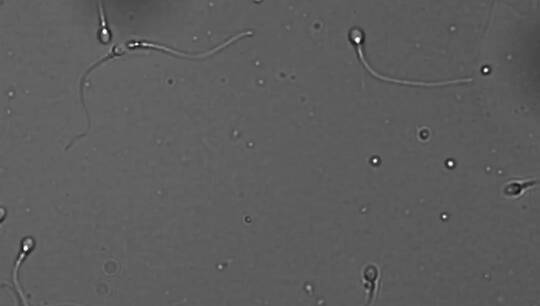Kai Finster: The interaction between micro-organisms and cloud formation
Niels Bohr Institutet
32 views
Kai FinsterTheoretical and experimental work in microbial ecology and astrobiology, including studies of the role of biological aerosols and biological ice-nucleation particles in cloud formation and cloud processes, effect of wind-driven abrasion of minerals on Martian regolith, habitability and atmospheric processes, and the resilience of bacteria under Mars simulation experiments.
Kai Finster's professional web-page
Abstract: Clouds are crucial for regulating Earth's temperature and climate by affecting the planet's radiation balance. Despite their importance, clouds are the least understood components of the Earth's climate system, as indicated by recent IPCC reports. Clouds are made up of different-sized droplets, which determine their reflectivity (albedo). Cloud droplets form around tiny particles called cloud condensation nuclei (CCN), which can be either inorganic or organic. The size of a droplet affects whether it remains suspended in the air or falls as precipitation. One important process in cloud formation is the Bergeron process, where ice crystals grow in mixed-phase clouds. This process occurs in regions where the air is supersaturated with respect to ice but subsaturated with respect to liquid water, leading to rapid ice crystal growth. If the density of ice is relatively low compared to liquid water, ice crystals can grow large enough to fall out of the cloud, melting into raindrops if temperatures at lower levels are sufficiently high. The initial formation of ice necessitates the presence of ice nucleating particles (INPs), which can be either mineral or biological. Mineral INPs are active at temperatures below -15°C, whereas biological INPs are active at temperatures above -15°C. Notably, proteins produced by plant pathogenic bacteria, such as those belonging to the genera Pseudomonas, Xanthomonas, and Pantoea, are among the most efficient INPs. In this presentation, we will discuss our research on the role of bacteria in ice formation within clouds and precipitation, and explore the potential of cloud formation as a biosignature in the quest for life on exoplanets.

 Videoportal
Videoportal





